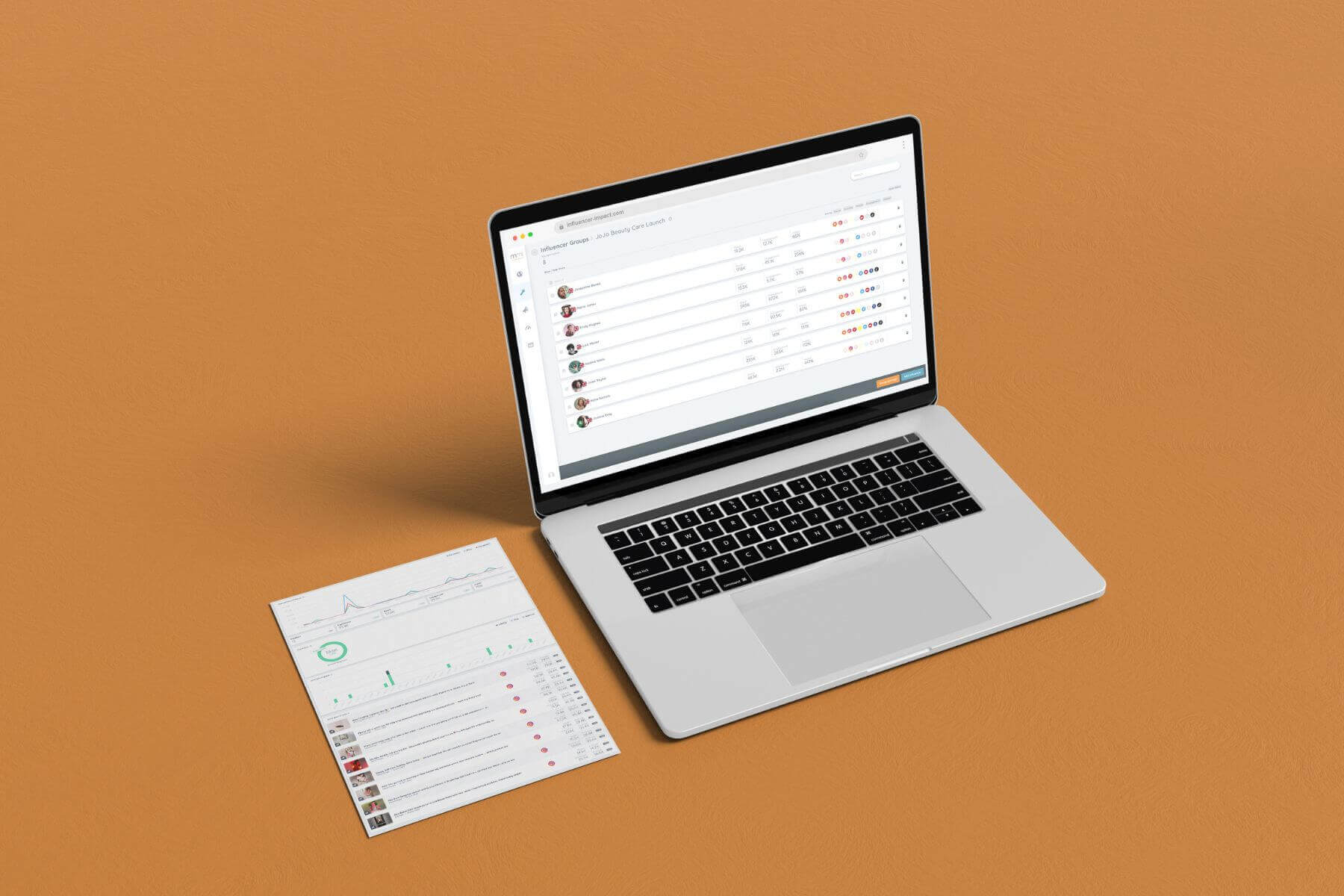Whether it’s owned, earned or paid, media plays a vital role in a new product launch. It propels your beauty brand’s latest must-have into the limelight, helping to elevate sales. But how do you ensure this media is reaching the right audience and carrying a buzz-worthy message? Looking at competitor data is one key way to refine your strategy.
Harnessing granular media data and being able to analyse a specific products’ coverage (or a whole sub-category) can offer brands a big advantage in planning launch activity. mmi’s media data looks at over 200 different categories, so you can identify winning tactics for your own face serum, hair masque or CC cream. The trick is knowing exactly what kind of competitor data to leverage. Here we reveal the four ways beauty brands’ media performance can guide your launch activity…
1. Measure Competitors’ Media Impact
Competitor benchmarking is vital to refining all brand activity, whether you’re sense-checking a pricing strategy or negotiating co-op ad placements. By measuring brands’ media impact, you can see what coverage they secured for a new product launch, and whether their influencer or press mentions unlocked the kind of results you hope to achieve.
Perhaps the data will pinpoint a high-performing exclusive with an etailer, or you can see a pattern in the type of influencers they reached out to. Once you’ve analysed competitors’ outreach, you have two choices: either you adopt their winning tactics, or you move in the opposite direction and aim to fill the coverage gaps they missed.
Get a complimentary media benchmarking report - you choose a category of your choice and we'll provide the data
2. Understand What Content Gains Coverage
Every beauty brand has a goal publication in which they hope to be featured. Maybe it’s on Vogue.com's Beauty Director-approved product round-ups or Cosmopolitan.com's Beauty Lab. Whatever your PR goal is, looking at competitor coverage can help you understand what editors are looking for. From there, you can put together a more informed pitch that aligns with their tone of voice.
For example, if you’re targeting Tatler, our data can help you see which brands achieved the best coverage, and what messaging the writers used when talking about a certain product. It might be that they’re big on buzz-worthy ingredients, or looking for an A-list angle. Once you spot common themes in their content, you can begin to refine your launch communications.
3. See Where They’re Stacking Up Engagement
When launching a new product, it’s common for beauty brands to develop a whole new social media strategy; one that works in tandem with their always-on content. They’ll have boxes to tick, such as a certain number of tutorial videos or texture stills, and they may go as far as planning their Instagram grid to see how assets fit together.
This focus on launch content makes it easy to analyse competitors’ posts for a new product, so you can see what parts of their strategy worked – and where their plans fell flat. Make sure you benchmark this content against their regular posts to get a true measure of success. If certain content types are gaining high engagement, this may guide your own product launch posts.
4. Identify Lucrative Ambassadors
Employing a brand ambassador can be a costly investment, but one that pays off many times over if you find the right ‘face’ for your brand. In fact, beauty brands report an average return on investment (ROI) of £8.81 for every £1 spent on influencers and ambassadors These days, stars rarely work with just one company – they create ads and content for a range of campaigns. Understanding their history allows you to identify the perfect talent to team up with.
Explore who your competitors have worked with, and which of their partners have driven the highest ROI. With this data, you can see what type of talent resonates within your category. Once you have a clear picture of what you’re looking for, you can use a service, like influencerCONNECT, to find similar ambassadors; filtering your search by interests, age, audience demographic and more. You could even work with the same influencers or celebrities your competitor previously employed. Just ensure that past collaborations don’t dilute the authenticity of your new partnership.
Up next: discover five more ways beauty brands can use data to achieve their objectives.





